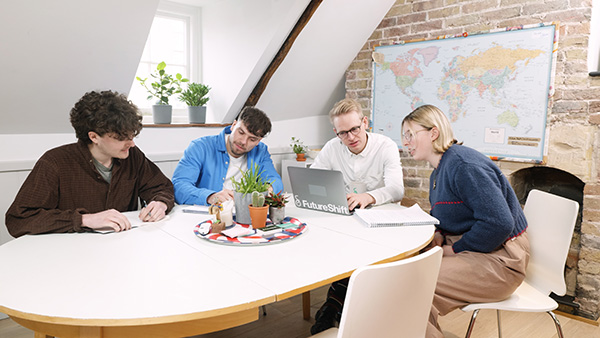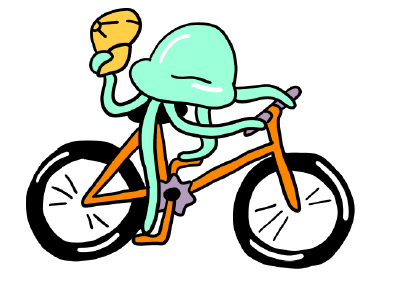Sustainability 101: Origin and Definition

Originally uploaded Dec 17, 2020
I received a phone call from a friend of mine a few weeks ago to let me know he was applying for a job in design. He wanted some advice on sustainability and some good places to start for someone who hasn’t explored the concept past their own industry or the evening news. With sustainability now being woven into every job description, diet decision and dinnertime conversation from here to Honduras, I thought I’d give my take on the fundamentals of this complexity-riddled concept.
Despite the enormous amount of information available at our fingertips, there was no “one size fits all”, no introduction to sustainability and all of the concepts that surround it. This beginners guide to sustainability is for everyone, like my friend, who needs to embed sustainability into their jobs or for those who want to make better, more informed decisions about how we live our lives.
Before we begin this Sustainability 101 short course, remember you are attending the University of Oscar, so though referencing the important stuff, most of this is my take on the basics. (Before I squander all my credibility, I have studied the social and technical dynamics of sustainability for a few years, so it is a fairly informed take).
Lesson 1 – Origin and definition
There are many reasons for the “demand” for sustainability today, but I will give the two most concrete reasons: temperature and biodiversity loss.
1. This graph, probably first seen by many in the 2006 film “An Inconvenient Truth” shows the average yearly rise in global temperature over the last 60 years – an extremely extremely short amount of time in the context of climate science. We’re going to agree with 97% of climate scientists here, that this is because of carbon dioxide and other greenhouse gasses released by humans by burning fossil fuels. Nature relies on balance for its health and we are throwing this balance off.
2. Us humans have significantly altered at least two thirds of global habitats for life on earth. This has led to a 70% loss in global wildlife since 1970.
With these two facts in mind, we had to start thinking ahead, planning for the event that sustained life on earth may not be possible given our current human habits. Although we don’t like to think of it, humans are not separate from nature, we die when nature dies.
A good way to think of this is thinking of earth as a spaceship, with a control system (the world’s scientists), and a crew (the world’s population). The alarms have been set off by a malfunction detected by the control system and it’s now the job of the sci-fi movie protagonist to frantically float around adjusting dials and duct-taping broken tubing together. That’s us. The protagonist. Whether we’re frantic enough is up to you but some fixing will have to be done if we’re expecting a Disney ending. We’ll return to this analogy later, it’s a good one.

The concept of sustainability is fundamentally a strategy for sustained existence, thinking about how every action now affects the future – and this takes a hell of a lot of thinking. I think this is where the complexities begin. We have to think about abstract concepts like “global systems” and “the future” and “human existence” which is mind bending, and to be honest, no one really fully gets it. We however must place trust in those who do understand the complexities, our spaceship control panel, the IPCC and other scientific institutions.
In many ways sustainability is like religion, thinking about something bigger than ourselves and collective belief… and look, there I go! Getting carried away with complexities – that’s just how easy it is. Let’s keep it light.
A somewhat universally agreed definition of sustainability (actually sustainable development, but these two terms are so cloudy in what they actually mean they may as well be synonymous) is: “The ability to meet the needs of the present without compromising the ability of future generations to meet their own needs”. This definition was coined in 1987 in the Brundtland Report, when the world was beginning to think of strategies for sustained existence on earth – more on this next time.
As we finish this first lesson a quick summary – Human actions over time now have led to the need for a strategy for the survival of future generations: Sustainability.
In our next lesson we’ll run through a timeline of sustainability.




